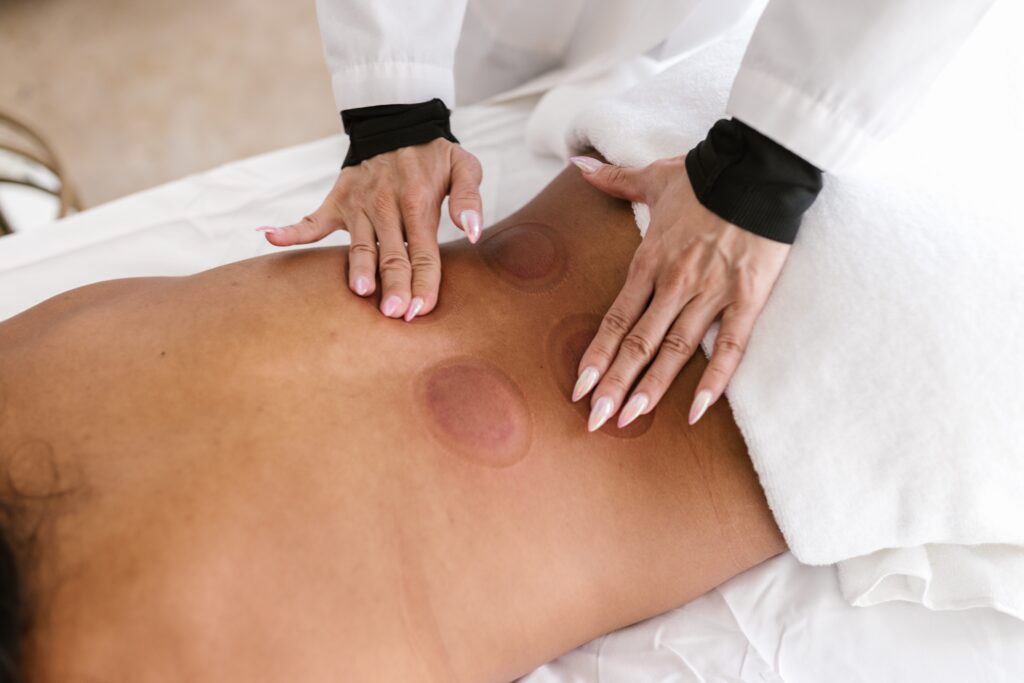The Healing Power of Cupping: Ancient Technique for Pain Relief and Well-being
Introduction
Cupping is an ancient technique that has been used for centuries to promote healing and well-being. It involves the application of special cups, usually made from glass or bamboo to areas of the body where pressure is applied. Cupping works by creating a vacuum effect that helps to loosen tight muscles and relieve pain. It can also improve blood circulation and help reduce inflammation. By pressing and kneading the affected areas, cupping can help release toxins and promote healing.
What Is Cupping?
Cupping is a type of alternative therapy that uses either fire or suction to create a vacuum effect in certain areas of the body. Depending on the needs of the patient, cups are usually applied for 10-15 minutes at a time. During the cupping process, a practitioner will move the cup around the area to create a massage-like effect. The cups can also be left in one place for longer periods of time if needed. Cupping is thought to increase blood flow, reduce inflammation, relieve muscle tension, and improve overall health.
The Science Behind Cupping
Although there has been limited research on the effectiveness of cupping, some studies have suggested that it may be beneficial for certain medical conditions. One study found that cupping therapy was effective at relieving pain and improving mobility in patients with rheumatoid arthritis. Other studies have shown that cupping can reduce inflammation and improve overall health.
Benefits and Uses of Cupping in Physical Therapy
Cupping is used in physical therapy to treat a variety of conditions, such as back pain, neck pain, sciatica, and postural issues. By loosening tight muscles and promoting blood flow, cupping can help alleviate pain and improve mobility. It can also be used to reduce inflammation and release toxins from the body. Additionally, some practitioners believe that cupping can help with nerve and digestive disorders.
The Cupping Procedure
During a cupping treatment, the practitioner will first apply some oil to the patient’s skin. Then they will place cups on the affected areas of the body. Depending on the type of cups used, fire or suction will be used to create a vacuum effect in each cup. This pulls the skin and muscles up into the cup, which is thought to encourage healing. The cups can be left in place for 10-15 minutes at a time or longer if needed.
Risks and Side Effects
Cupping is generally considered safe; however, there are some risks and side effects associated with it. These include burns, bruises, and skin irritation. Additionally, there is a risk of infection if the cups are not properly cleaned between treatments.
Comparisons with Other Techniques
Cupping is often compared to other massage techniques, such as deep tissue massage or trigger point therapy. While these techniques both aim to reduce pain and improve mobility, they are performed differently. Cupping works by creating suction and pulling the skin, while massage works by applying pressure and kneading the muscles.
Conclusion
Cupping is an ancient practice that has been used in traditional medicine for centuries. It may provide some benefits to those suffering from pain or other medical conditions. However, it is important to make sure any practitioners performing cupping are properly trained and experienced in the procedure.

